chairs /
- Heather Diack, University of Miami
- Terri Weissman, University of Illinois at Urbana Champaign
As knowledge about the geographic scope of photography’s past expands and as an increasing number of disciplines begin to incorporate aspects of photography’s histories into their own methods of understanding the world, how photography’s history should be written becomes a complex and political question. This panel brings together art historians and artists committed to deepening the discourse of photography studies and expanding its points of reference. Potential questions include, how do local practices and histories of photography acknowledge and/or challenge our interconnected “globality”? How do they complicate dominant narratives? How can a critical history of global photography be imagined? In what ways can art history, visual culture, museum studies, and image making work to decolonize and move away from monolithic timelines and cannons?
Heather Diack is Associate Professor of Contemporary Art History and the History of Photography at the University of Miami. She is the author of Documents of Doubt: The Photographic Conditions of Conceptual Art (University of Minnesota Press, 2020) and co-author with Erina Duganne and Terri Weissman of Global Photography: A Critical History (London: Routledge, 2020).
Terri Weissman is Associate Professor of Art History at the University of Illinois, Urbana-Champaign. She is the author of The Realisms of Berenice Abbott (University of California Press, 2010). Weissman is co-author with Sharon Corwin and Jessica May of American Modern: Documentary Photography by Abbott, Evans, and Bourke-White (University of California Press, 2011) and co-author with Heather Diack and Erina Duganne of Global Photography: A Critical History (London: Routledge, 2020).
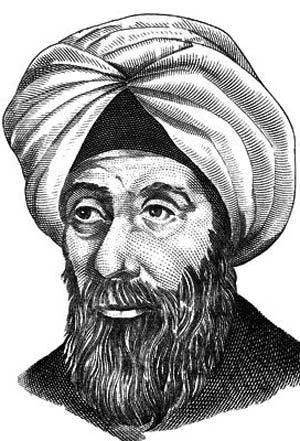
10th century Iraqi mathematician and scientist Abu Ali Al-Hasan Ibn Al-Haytham. Known as Ibn al-Haytham (his name was later Latinized into Alhazen) was foundational to the history of photography for his Book on Optics (1011-21).
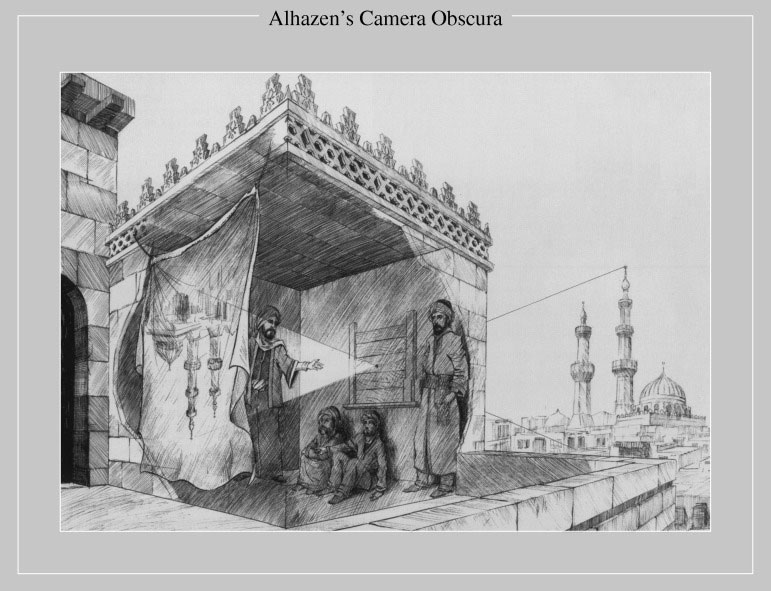
Ibn al-Haytham used the camera obscura to experiment with understandings of vision, optics and light during the Islamic Golden Age. When his Book on Optics was translated into Latin and other languages, his ideas influenced European scholars during the European Renaissance and their photographic technologies.
E.3.1 Visual Pedagogies: Decolonizing the History of Photography
Andrew Gayed, New York University
This talk is based on an article titled Visual Pedagogies: Decolonizing and Decentering the History of Photography co-written with Dr. Siobhan Angus and published in Routledge’s Studies in Art and Education journal. In it we investigate the structural limits of pedagogy in visual culture and explore decolonizing practices that can be productive to visual studies. Our research seeks to discuss strategies to decolonize the classroom through changes in course structure, assigned texts, and different visual pedagogies that refuse to ghettoize postcolonial historiography and aims to interrogate the very structure of traditional photo history. Building on the critiques of the Eurocentric writing of history, how can we zero-in on the history of photography as a case study to examine the multiple and often contradictory histories available within the global history of art? This paper asks, how is the history of photography currently taught and theorized? Which version of the history of photography is taught in university curriculum and accepted as truth within art historical writing? Can postcolonial narratives co-exist within traditional histories of photography? If so, how can these multiple histories speak to one another productively to uncover a deeper connection between photography as a medium and the subjects within the photographs? Through our methodologies and interventions, we hope to provide diverging new tactics in teaching the significance of visual literacy across disciplines and interrogate systemic racism, gender and sexual discrimination, and religious, and ethnic subjugation through visual pedagogies.
This paper will first provide a traditional overview of photography, highlighting inconsistencies and the complex narratives of intertwined, multi-layered histories. Then I will examine how this history is translated into classrooms and the ways it is taught, theorized, and explored in university settings. This exploration of pedagogy and methodology is followed by an examination of the most common textbooks used to teach the history of photography, and the Eurocentric patterns that reveal themselves in the writing of history. Followed by our own interventions in decentering knowledge and decolonizing historical accounts, I will provide a detailed case study of photography in the Middle East, which will dynamically incorporate studies in the history of photography, critical race theory, and gender and queer studies.
Dr. Andrew Gayed is a Visiting Scholar at NYU’s Centre for the Study of Gender and Sexuality, where he is currently working with Dr. Gayatri Gopinath on researching the artistic practices of the queer diaspora. Gayed obtained his Ph.D. in Art History and Visual Culture at York University where he was awarded the Provost Dissertation Award, and holds an M.A. in Art History, and a B.F.A. in Visual Arts. His research focuses on Middle Eastern contemporary art and he is interested in photography, identity politics, and migration/diaspora studies. As a lecturer of Islamic Art and Architecture, Gayed has published journal articles and book chapters on wide-ranging themes, including: postcolonial photography, museum studies, queer artistic practices, and global art histories. The 2018 Osgoode Law research fellow in Transnationalism and Human rights, Gayed has developed his research at conferences and keynotes internationally at U.C. Berkeley, Harvard University, Duke University, Oxford University and the British Museum.
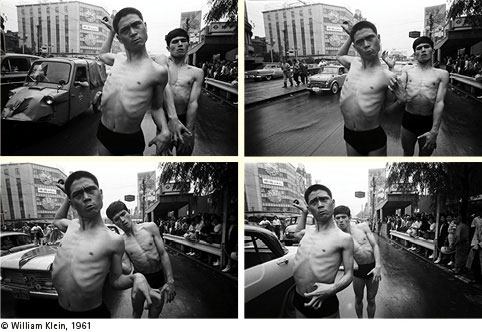
William Klein, Dance Happening, 1961.
E.3.2 Public Entanglements: New York Paris Tokyo New York Paris
Susan Laxton, University of California
William Klein has long been categorized as an American street photographer, classed with Garry Winogrand, Lee Friedlander, and Joel Meyerowitz in their mutual focus on “the glorification of the life and rhythms of the street.” As is well known, the Japanese “Provoke” photographers of the late 1960s (Moriyama Daido, Nakahira Takumi, Hosoe Eikoh), on encountering Klein’s book on New York, Life is Good and Good for You in New York: Trance, Witness, Revels (1956), modeled their own photographic practice on his “rough,” “blurry,” and “out of focus” “anti-photographic” style. This relationship, always described in terms of a conventional, one-way, understanding of “influence,” has thus been characterized as an example of American cultural imperialism that traps these photographs within national boundaries. But Life is Good and Good for You in New York is not an American book at all, but a French one – steeped in cold war angst, certainly, but not in American exceptionalism. And Japanese photographers, while subjected to American culture in the decades after the war, were already primed for receiving new work from France, based on deep cultural ties there. In rethinking photographic history globally, I propose examining the tri-partite entanglements of French, American and Japanese photographic practices at midcentury, describing a kind of performance-based urban relay between artists in Paris, New York and Tokyo that folded back on itself repeatedly as the actors moved in and out of each-others’ cultural contexts. Key to my reading of photography’s global enmeshment in this cultural skein is Klein’s 1961 collaboration with Butoh performer Hijikata Tatsumi, The Crab Dancer’s Parade, preserved in more than 600 little-known photographs of near-naked bodies twisting and leaping grotesquely through the open space of the Ginza, an event that reveals these actors’ complex grasp of the public sphere in its last moments of physical presence.
Susan Laxton is Associate Professor of Modernism and the History of Photography at University of California, Riverside. Her book, Surrealism at Play (Duke University Press, 2019) offers the first critical assessment of the dynamic, collective and destructive ludic strategies operating at the heart of the movement. She has received grants and fellowships from The Institute for Advanced Study, The Gould Foundation and Hellman Foundation. Laxton’s work has appeared in Critical Inquiry, October and History of Photography, and in a number of catalogs and anthologies that treat her main interests: photography, play, and the alternative art practices of the avant-gardes. She is currently preparing a book manuscript, Post-Industrial Photography, on the shifting transnational structures of information, labor and play shaping mid-20th century art photography.

Jin-me Yoon, Untunnelling Vision, 2020, (video still).
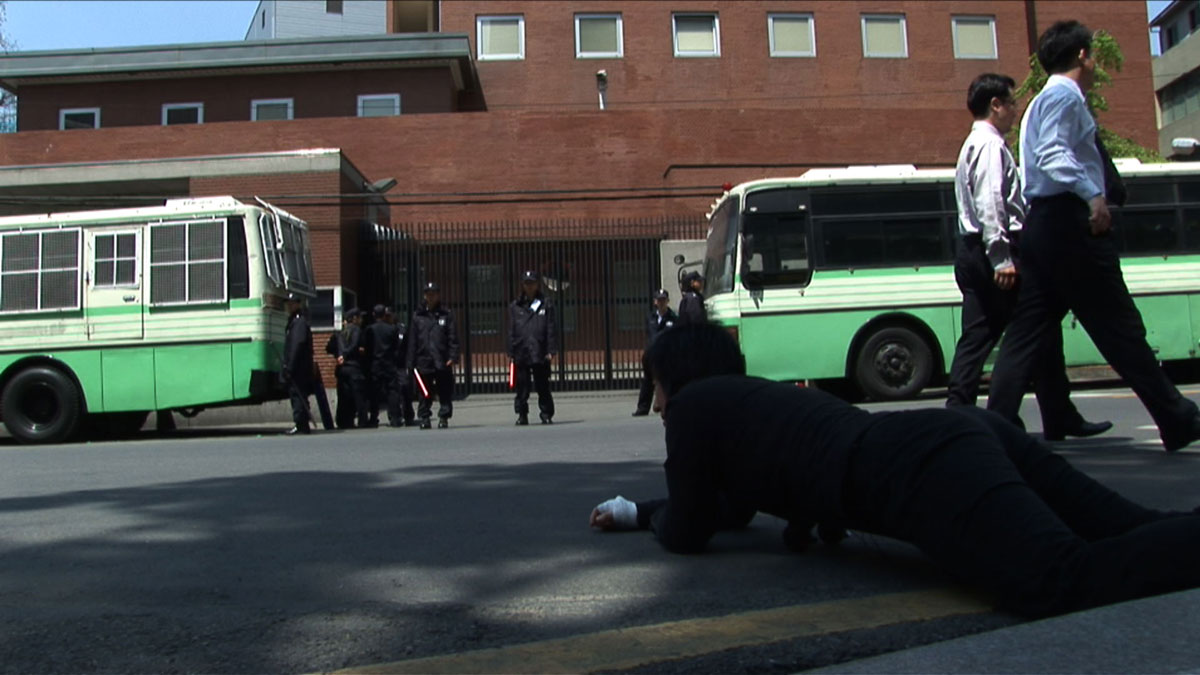
Jin-me Yoon, The dreaming collective knows no history (US Embassy to Japanese Embassy, Seoul), 2006, (video still).
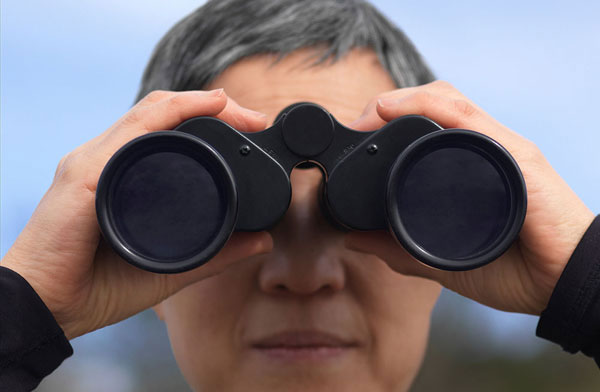
Jin-me Yoon, Long View #1, 2017.
E.3.3 Entangled Global Relations: A Conversation between Jin-me Yoon and Erina Duganne
- Erina Duganne, Texas State University
- Jin-me Yoon, Simon Fraser University
In this conversation, photography historian Erina Duganne and Korean-born Vancouver-based artist Jin-me Yoon consider Yoon’s nearly 30 years of artistic creation. Beginning with her early conceptual-based photographic practice, the discussion will take up how Yoon has used her work to both problematize and subvert stereotypes and assumptions related to gender, maternity, race, culture, and nationality. The conversation will also touch on Yoon’s more recent work, in which she turns to video and installation to bear witness to local histories, environments, identities and bodies in the context of entangled and interdependent global relations.
Dr. Erina Duganne is Associate Professor of Art History in the School of Art and Design at Texas State University where she teaches courses on modern and contemporary art, photography, and visual culture. She is the author of The Self in Black and White: Race and Subjectivity in Postwar American Photography, was a co-curator, a co-editor, and an essayist for the exhibition and accompanying publication, Beautiful Suffering: Photography and the Traffic in Pain (2007).
Jin-me Yoon is a Korean-born Canadian lens-based artist living and working on the unceded occupied territories of the Coast Salish peoples of the xʷməθkwəy̓əm, Skwxwú7mesh and Səl̓ílwətaɬ Nations. Her early photographic work unpacked dominant discourses and stereotypical assumptions about citizenship, nationhood, culture, gender, and race. Expanding her practice to include video and installation, Yoon’s ongoing work utilizes a transnational lens to witness and consider local histories, environments, identities and bodies in the context of entangled and interdependent global relations. Her work has been presented extensively nationally and internationally and is held in private and public collections in Canada and internationally. She was a finalist for the Scotiabank Photography Award (2020), and the Art Gallery of Ontario’s Aimia Photography Prize (2009). In 2013 Yoon was awarded a Smithsonian Artist Research Fellowship (2013), the recipient of a major commission for LandMarks 2017, and elected as a Fellow to The Royal Society of Canada (2018).



